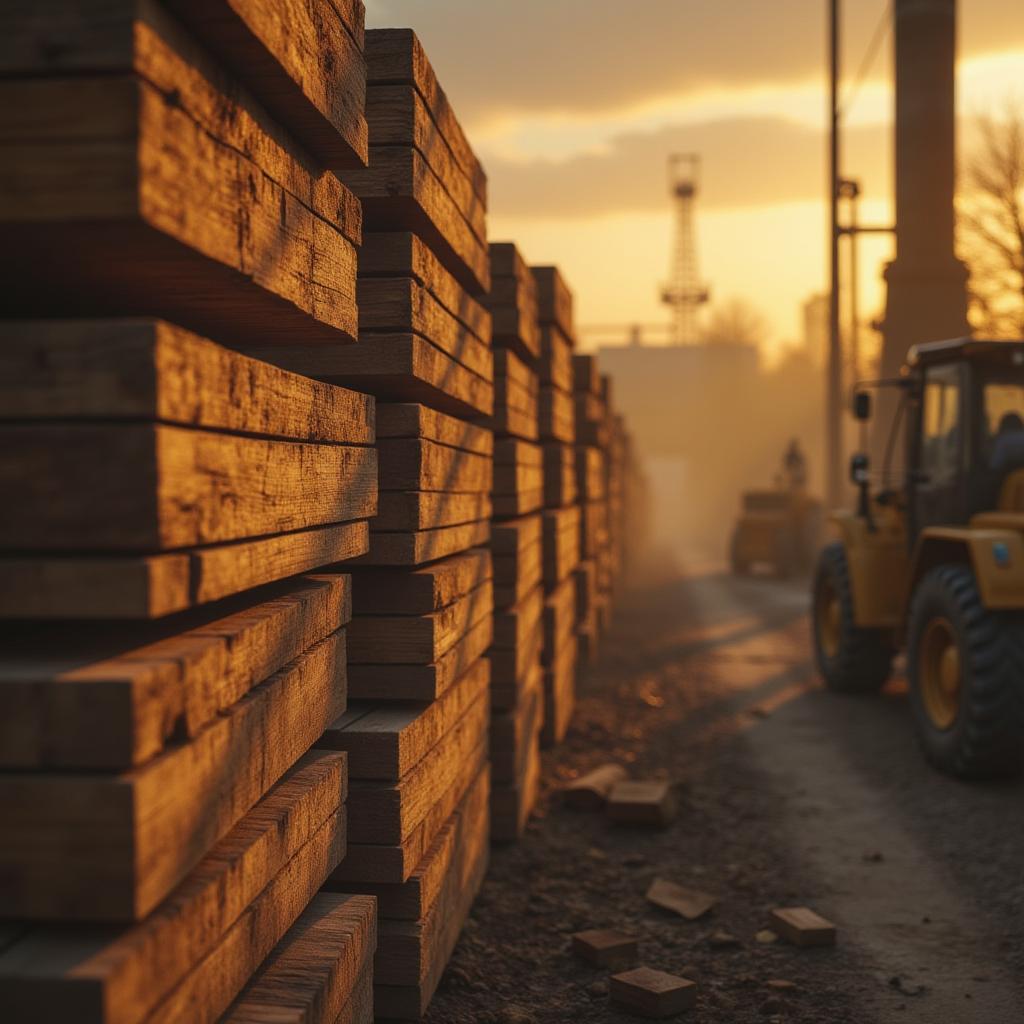
President Trump has often downplayed the need for imports from Canada, joking that America has “all the trees” it needs. But here’s the twist: experts say relying solely on US timber could make housing even less affordable.
While the US boasts about 300 billion trees, industry insiders point out that ramping up production to meet the demand for homebuilding materials isn’t as simple as it sounds. Softwood lumber—used for framing, roofs, and siding—is in high demand, and about 30% of it comes from Canada. With Trump’s new 25% tariff on Canadian goods, the cost of building homes could skyrocket.
The tax on lumber doesn’t stop there. It already faces additional fees of 14.5%, meaning the total cost could hit homebuyers hard. Economists warn that higher material prices will only worsen the housing affordability crisis, which has been fueled by supply shortages and rising construction costs.
The National Association of Home Builders estimates that imported materials make up about 7% of construction costs, with lumber accounting for the largest share. Most of it comes from Canada, while materials like lime and gypsum are often sourced from Mexico—also subject to tariffs.
Efforts to boost domestic lumber production face hurdles, too. Opening new sawmills requires regulatory approvals, and the industry is already grappling with labor shortages. Plus, not all US timber is suitable for homebuilding.
This isn’t the first time tariffs have hurt consumers. Past policies have shown that while producers may benefit, buyers often end up paying more.
Despite the challenges, some homebuilders remain hopeful. They see bipartisan support for easing regulations to increase housing supply. But for now, the tariffs could mean higher costs for new homes, leaving many wondering if America’s trees are enough to solve the problem.
